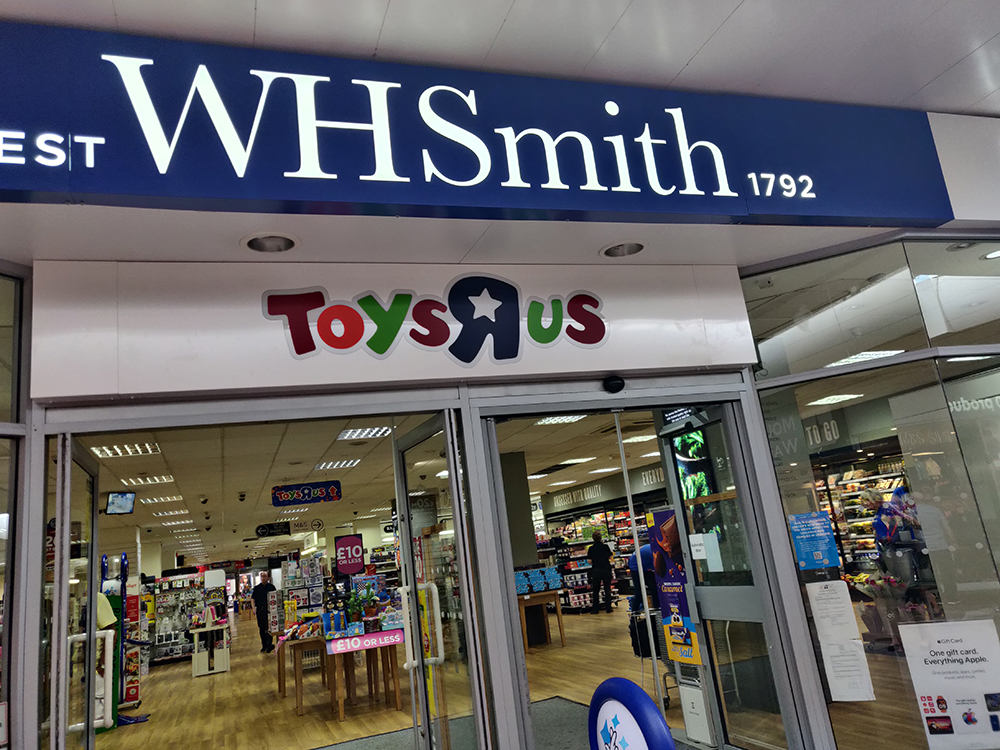In the West, we seamlessly progressed to a stage where buying products and services through our mobiles became part and parcel of everyday life. Funny to think that in the late noughties, there was endless hype surrounding mobile shopping and its potential matched an endless feeling that as consumers we were waiting on the right mechanics to make mCommerce straightforward and convenient. That feeling has clearly now dissipated. It isn‘t just the eCommerce pureplay businesses, such as the Amazon‘s of this world, that have got mCommerce right – major retailers are all savvy to responsive web design and smartphone technology and the correct app preferences that enable them to sell to customers over a smartphone or tablet device.
For the most successful retail outlets, globalising their brand is a priority. Mobile technology will no doubt be at heart of any strategy to seize on this opportunity, with smartphone sales around the world set to rocket by 15% over the course of the next year. But there seems to be a common trap that major retailers are set to fall into like lemmings – using Western mobile mechanics to secure engagement with consumers in emerging markets.
A clue to this is in the type of devices emerging market consumers look for, as shown by research we carried out earlier this year with analyst house Ovum polling inhabitants of five emerging market powerhouses: Brazil, China, India, Nigeria and Vietnam. The capability of the device is the overwhelming driver behind consumers‘ preferred handset manufacturer, where 46% of respondents selected functionality of the devices as a key purchasing driver. This is over and above aspirational aspects of the brand (24%), with affordability and trustworthiness a distant third/fourth reasons, each with around 12%.
With brand affiliation a secondary factor, emerging market consumers are clearly looking for a device that works for them. They will also be looking for payment facilities to complement their day-to-day life when purchasing content and services on their mobile. Unfortunately, the world of the AppStore model, so ubiquitous in the West, where card/banking details are required are not representative of what is most convenient in these new markets. Data from the Worldbank highlights the low penetration of card payment facilities, where Nigeria has 19% and Ghana only 11% penetration – compared to 72% in the US. So retailers relying on card payment simply cannot be a universally convenient way to the crack mCommerce emerging market potential.
Looking at what consumers in these areas would look for instead, our research found that 20% of those surveyed would prefer to pay via their mobile operator (either through a prepaid account or on their monthly bill), and another 19% selected cash as their preferred payment method.
With the immaturity of the banking and payment systems in many emerging markets, paying for content remains a challenge for many consumers that lack access to credit or debit cards, or even a bank account, as indicated by significant proportion of consumes that would prefer to pay cash or via their mobile operator. This underlines the call for retailers to engage with operators to establish themselves as trusted brokers of content payments via their operator billing platform, or their mobile money solutions. Yes, retailers do have an opportunity to sell to emerging market audiences, but at the same time boundaries of consumer preference need to be respected if they are to gain the traction and growth they are looking for.

















